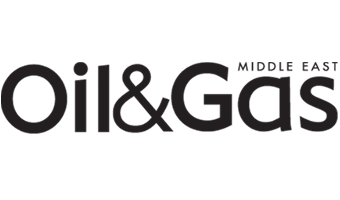The downstream refining and petrochemicals sector has always been market-oriented in terms of the production and supply chain of fuels and chemical building blocks. The term "market-oriented" masks the business aspects of the downstream industry, such as achieving financial milestones and meeting quarterly expectations based on forecast scenarios while maintaining best-in-class performance and the ability to adapt production systems to meet market demands.
Broadly speaking, this is the common link between private oil companies and NOCs. The difference comes from the fact that NOC’s have more responsibility to support the state budget and comply with the development plans of their particular Country. As a state-owned enterprise, NOCs are responsible for funding the political leadership of the respective country, which in turn has an even greater social responsibility. One of these is to provide society with basic needs, including the availability and affordability of energy.
Global downstream markets have been disrupted in unprecedented ways in recent years by many factors such as the Covid19 pandemic, the Russian-Ukrainian war and subsequent sanctions against Russia. Meanwhile, Europe has been at the forefront of the energy transition, but the pace of renewable energy development and gradual refinery closures has not been even. This combination of global events eventually led to a shortage of 2.5 million tonnes of diesel, which until recently was supplied by Russia. At the same time, the Middle East is also making a massive push towards renewable energy and the use of these resources. In the short to medium term, the market for fuels in the Middle East will shrink, which could be a great opportunity for local manufacturers to increase their exports to Europe. For example, even if the exported diesel fuel has 50 ppm sulfur impurities, it can be additionally processed in Europe to meet the 10 ppm requirement. This is one of the real opportunities for both regions, but Asia, as a huge market, also relies on such exports, be it crude oil, residues or finished products, so it is important to mention the fact that competition between buyers will not be absent.
Let us examine the scenario in which the Middle East can increase its exports to Europe, while the local surplus of liquid fuels secures the EU's expected demand for diesel while generating projected profit margins. In the longer term, however, Europe will phase out fossil liquid fuels, which means that these expected and stable exports will be limited in time. Even with a delay, a similar scenario will apply to Asia. At some point, margins from fuel production will fall short of expectations, profitability will decline, and when this happens, only the large and complex plants will remain active in the market. Such downstream plants are often owned by NOCs and are already more or less integrated or at least designed to allow further integration of production systems and expansion of petrochemical plants in the future.
Currently, petrochemical production is seen as the ultimate direction in the conventional downstream world, but the pace of this particular transition will not be so smooth. In such scenarios, NOCs have several advantages over smaller and private companies. These advantages include already strong market positions, well-established supply chain networks, human resources, knowledge-based R&D centers and, last but not least, access to development funds, or as the famous quote by B. Franklin goes, "'Money makes money.' And the money that makes money makes more money" fully applies in this case.
While margins generated from fuel exports are stable, producers are currently seeking to reinvest these cash flows into their production assets, and recently the focus has shifted to crude oil-to-chemicals (COTC) facilities. This new megatrend promises to take petrochemical production to new levels and enable higher crude oil conversion. COTC configurations aim to produce maximum chemical building blocks while reducing conventional fuels and residues as much as possible. NOC's COTC projects are driven by the primary objective of optimising the monetisation of their oil resources. Global demand for chemical building blocks is expected to increase over the next decades compared to current production capacities.
The COTC trend will redefine Big Oil and be seen as a new major player in the petrochemical markets that can outperform traditional processes such as naphtha steam cracking and ethane cracking.

